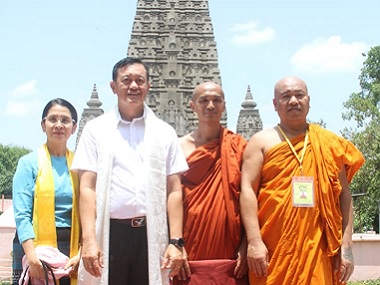Acting East: India’s Buddha diplomacy shines once more as Myanmar’s air force chief visits, prays at Bodh Gaya
Source- firstpost.com In 1940, Mohandas Karamchand Gandhi made no pretensions of his masterful understanding of the dynamics between religion and […]
